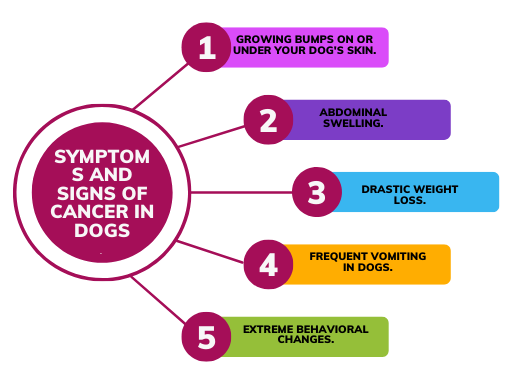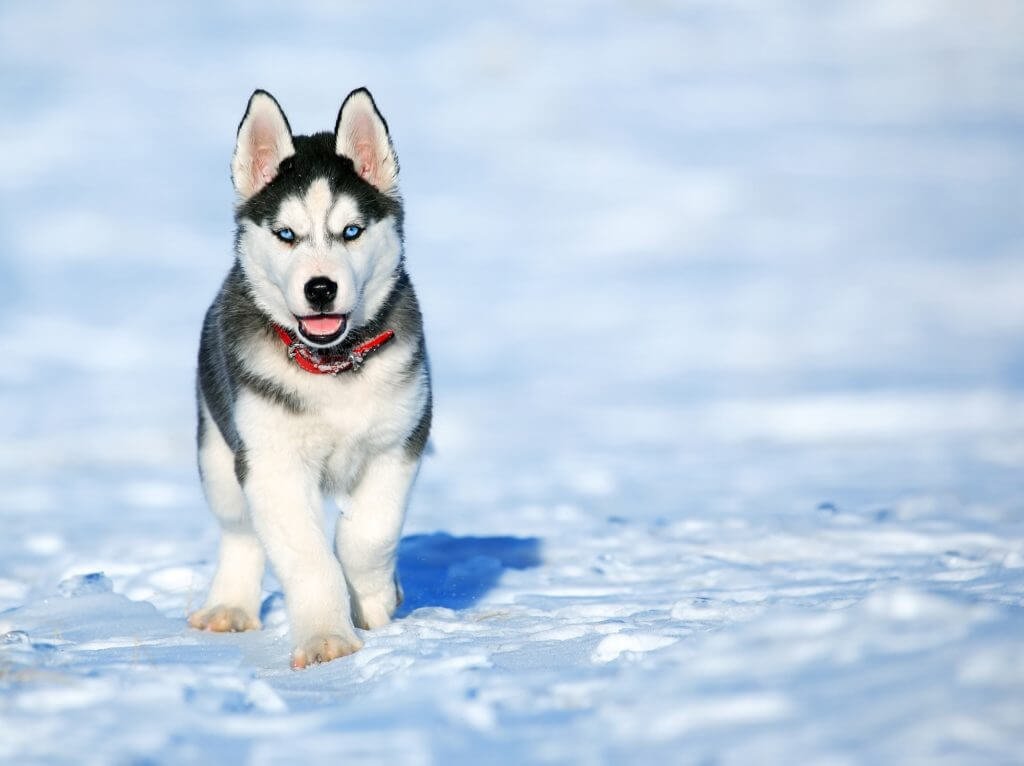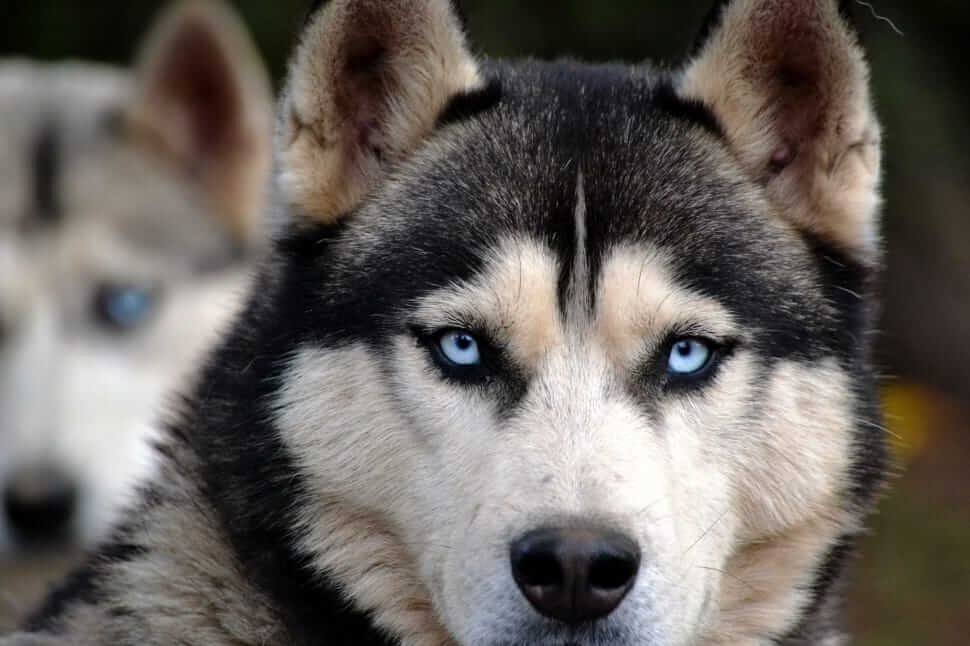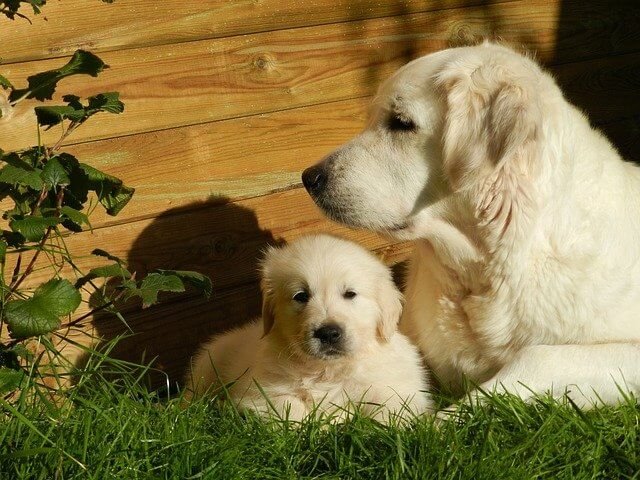Cancers occur when abnormal cells grow uncontrollably in the body and begin to spread and infect other tissues through the circulatory or lymph systems if not stopped in time.
It is a disease as old as the human race but over time, advancements have been made in research so people and dogs can now survive it.
Dog cancer is not something that the owner wants to hear, but this article will help you understand its different types and guide you in picking the best options for dealing with them.
Table of Contents
Common Types Of Cancer In Dogs

Dogs can also be affected by human illnesses. That’s because our anatomy and makeup are very alike. The most common cancers that infect dogs include:
- Hemangiosarcoma.
This is the cancer of the walls of the blood vessels. It is the most aggressive dog cancer and accounts for 0.2 to 3 percent of all of them affecting dogs at a range of 9 to 12 years. It commonly affects the spleen and heart.
It is also more common in older dogs and breeds like Golden Retrievers, Labrador retrievers, and German Shepherds. This type is very fatal because it develops very painlessly. Most dogs die from internal bleeding before treatment can even be initiated.
- Lymphoma.
This type begins in the lymphocytes which are disease-fighting cells.
It can affect any dog of any breed at any age. It is characterized by lymph nodes or swellings that can either be seen externally or develop internally. External nodes can be felt under the neck, in front of the shoulders, or behind the knee.
- Osteosarcoma.
This form begins in the cells that form bones. It is the most common bone cancer and accounts for up to 85% of tumors that start in the skeletal system. Naturally, older large or giant breed dogs are more susceptible to this type.
It is characterized by lameness or painful swellings of the affected area and commonly affects the bones of the shoulder, wrist, and knee.
- Mast Cell Tumors.
They are cancerous tumours formed by a type of white blood cell called mast cells. White blood cells are known for their immunity so a tumour formed from it can range from being benign to extremely malignant.
These types of tumours mostly form on the skin of dogs. It is suspected to be genetic because it occurs mostly in certain breeds like Boxers.
- Brain Tumors.
It is the growth of abnormal cells in mass in a dog’s brain. The most common sign of a brain tumor in dogs is an epileptic-like seizure. Other signs to watch out for are extreme behavioral changes in your canine.
Surgical operations are the best way to get rid of brain tumors and oral chemotherapy and radiation therapy are usually recommended to control tumors that are not operable.
- Bladder Cancer.
It’s slow-developing and forms in the tissues of the bladder.
Signs may not show for up to 6 months but it is usually characterized by urinary obstruction and bleeding.
- Mammary Carcinoma.
Here, abnormal cells grow in the lining of the breast and milk ducts of female dogs.
It affects all female dogs but non-spayed dogs are at a higher risk of developing these mammary tumors.
Complete surgical removal of the breast is recommended if the cancer has not spread.
- Testicular Cancer.
It affects the testes and reproductive organs of male dogs.
It is common in unneutered dogs and preventable to a large extent by neutering.
With early detection, it is curable with surgery.
- Malignant Histiocytosis.
This type is a disorder of the phagocyte system. It is hereditary and is characterized by lesions in the spleen, lymph nodes, lung, and bone marrow and can even affect the central nervous system.
It particularly affects larger sport breeds like the Bernese mountain dog. Unfortunately, it is fatal because it doesn’t have an effective treatment procedure yet.
- Squamous Cell Carcinomas.
This is a skin cancer that affects squamous epithelia.
It is generally found in the mouth and the nail beds of the toes. If noticed early, complete surgical removal is recommended.
- Mouth and Nose Cancer.
This type is also very common.
It appears by swelling on the gums, bleeding, odor, and difficulty in eating for mouth cancer. Early detection and treatment are encouraged.
- Melanoma.
This is a type of skin cancer that occurs in pigment-producing cells called melanocytes. As a result, it is more common in dogs with dark skin. It is characterized by small, dark brown or black lumps on your dog, or sometimes, large, flat, wrinkled masses in arrears with haired skin.
It is impossible to remove it surgically because it would have spread a lot before it is noticed. Malignant melanoma is incurable and fatal.
Symptoms And Signs Of Cancer In Dogs
There’s no surefire guide to how to tell if your dog has cancer because some of them are not easily detectable. But here are some of the most common signs to look out for:
- Non-healing open wounds or sores.
- Persistent or growing bumps on or under your dog’s skin.
- Abnormal odors from any part of your dog.
- Abdominal swelling.
- Drastic weight loss.
- Loss of appetite or difficulty in eating.

- Coughing or difficulty in breathing.
- Frequent vomiting in dogs.
- Abnormal discharge from the eyes, mouth, ears, or rectum.
- Depression and exercise intolerance.
- Change in bathroom habits.
- Extreme behavioral changes.
- Evident pain.
What Causes Cancers?
As much as you may want to know the exact reason why your dog is exhibiting dog cancer symptoms, it’s extremely hard to pinpoint.
Most of them are caused by gene mutations probably as a result of environmental factors that happened to a parent and are passed down in genes to their offspring.
Treatment Options For Dogs With Cancer
For treating this disease in dogs, treatment options are not many and are virtually the same as human treatment options. They include:
- Chemotherapy.
- Surgical removal.
- Radiation therapy.
- Holistic or herbal therapy.
A combination of two or more of these therapies may be recommended.
However, before starting to weigh the pros and cons of chemo for dogs or any other option, you must first consider factors like your dog’s age and health condition, the cost of the treatment and how to cover the costs, the type, and behavior of the tumor, and the stage of cancer. Your vet will guide you into making the right choices.
Conclusion
The most common way this disease is detected on time is while you perform grooming procedures like cutting your dog’s nails with a dog nail trimmer, paw checks, and coat brushing. That is why grooming your dog should not be neglected.
On the other hand, owners should not blame themselves. Most, if not all dog cancers are genetic and a lot of them are treatable if they are stopped in their early stages.
The best thing you can do for your dog is to give them all the love you have so you can both make beautiful memories that will last even after both of you are gone.







